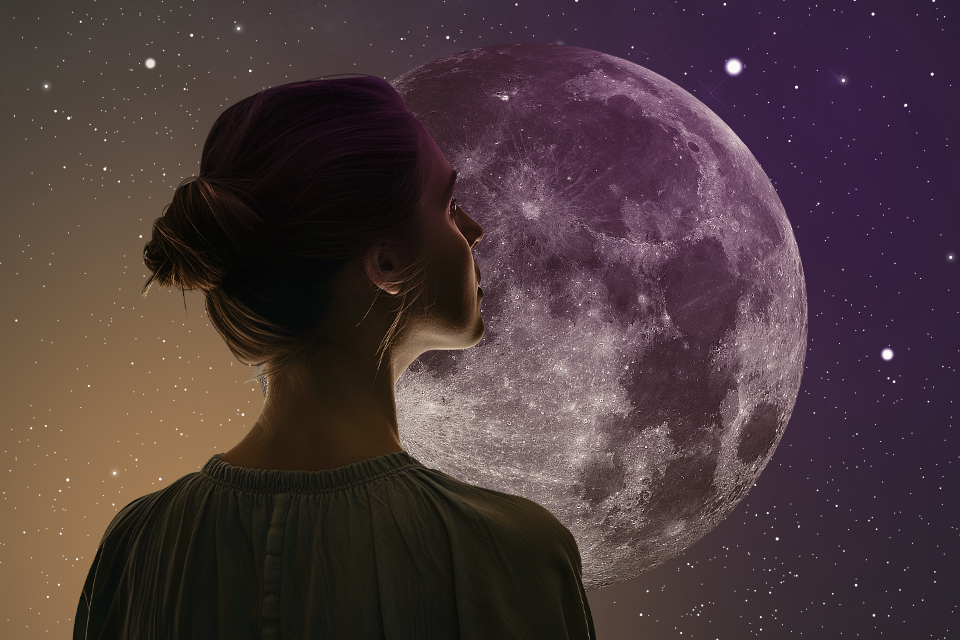The beginning of spring 2024 is not the best time to observe the big planets: almost all of them are located in the sky close to the Sun, and Saturn and Neptune will be so close to it that they will remain invisible for almost the entire month of March. So we won’t be able to see their conjunctions with the Moon. What about the others?
In the morning of 8 March, about 40 minutes before sunrise (expected at 6:27 a.m. in Kyiv), a dim reddish Mars will rise above the southeastern part of the horizon. In another 15 minutes, the thin crescent of the old Moon will rise 4° below it. It will be very difficult to see this conjunction with the naked eye; it is better to use at least small binoculars. At the moment when the upper edge of our luminary appears above the horizon, the Moon will have time to rise by only 2.5°. Observers in the south of Ukraine will be a little luckier — at this moment this value will exceed 4°, and the Red Planet will be even higher.

In the same morning, bright Venus will be about 7° below and to the left of Mars. Its conjunction with the Moon will occur the next day, but we will not see it in our latitudes: On 9 March, our natural satellite will rise almost simultaneously with the Sun, and it will look like such a thin strip that not every astronomical instrument will be able to discern it.
On 10 March, there will be a super-newmoon the Moon will pass 3° south of the Sun, and 5 hours before that, it will be 356,893 km from the centre of the Earth, which will be the closest in 2024. It will also be impossible to see this phenomenon. However, on 11 March, the lunar sickle will appear in the evening sky 6° from Mercury, which will be heading towards its maximum eastern elongation. On that day, the luminosity of the smallest planet will be -1.3ᵐ, meaning that even the naked eye will be able to discern it against the twilight sky in the absence of clouds.
As in February, the easiest way to see the Moon’s conjunction with Jupiter will be in the evening of 13 March. Closer to the sunset of these celestial bodies, which is expected around 11 o’clock, the angular distance between them will decrease to 4°. But even before that, they will make a beautiful pair in the night sky. Even though the largest planet in the Solar System will be 5.59 AU (837 million km) away from Earth by then, its brilliance will still be as high as -2.1ᵐ.
The last to “say hello” to our natural satellite will be distant Uranus. On 14 March, at the beginning of the evening navigational twilight, it will be separated from the Moon by a little more than 4° (the smallest apparent distance between them will be around noon on the same day). The planet will have a brightness of 5.8ᵐ, i.e. at the limit of naked eye visibility in a clear dark sky. However, the presence of a nearby lunar sickle with a phase of almost 25% will create noticeable local illumination, so binoculars or a small telescope will be needed to observe Uranus.
You can read about other celestial events in March here.

